The tourist places in Sindh Pakistan have a rich history, lively cities, peaceful deserts, and astonishing culture. Enjoy a perfect mix of history and nature.
Fascinating Tourist Places In Sindh Pakistan
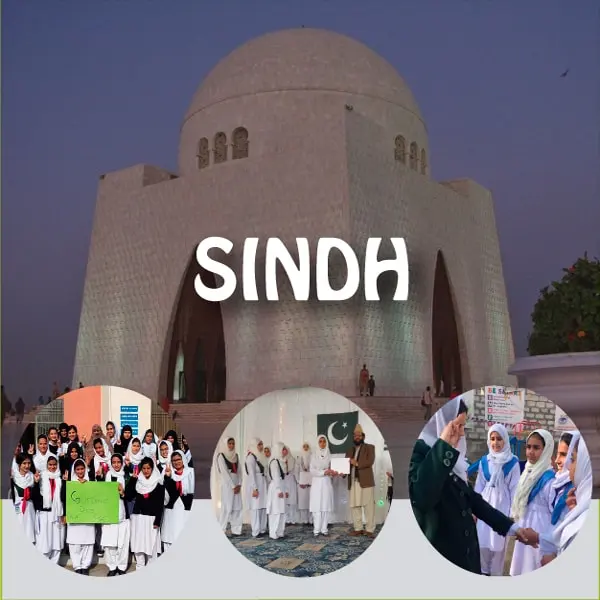
Sindh, home to the ancient Indus Valley Civilization, is one of the birthplaces of human civilization. People have lived in this fertile area near the Indus River for thousands of years, with some remains dating back five thousand years.
Over time, Sindh developed a vibrant local culture influenced by both Hinduism and Islam. The people of Sindhi culture are known for their extreme hospitality and the region is rich in colorful traditions and history. However, everyone should visit it at least once.
Things to Do In Sindh Province, Pakistan
Pakistan is a very beautiful country full of charming sceneries, historical places, lakes, mountains etc. Punjab, Khyber Pakhtunkhwa, Balochistan, Gilgit baltistan, Kashmir and Northern Areas Of Pakistan and last but not least Sindh is full of beauty.
Sindh, a province in Pakistan, offers many ancient sites, beautiful landscapes, and stunning beaches. Sindh is a great destination for tourists who want to explore the beauty of Pakistan. One of the most famous attractions in Sindh is the Makli Necropolis, a UNESCO World Heritage Site and the largest cemetery in the world.
This ancient site has many tombs and monuments that show the rich history of the region. Visitors can also explore the ancient ruins of Moenjodaro, a 5,000-year-old city and one of the oldest in the world. Another popular destination in Sindh is Manchar Lake, the largest freshwater lake in Pakistan. Visitors can enjoy a boat ride on the calm waters while watching birds.
They can also explore the ancient Hindu temples in Umarkot, a historic site that used to be the capital of the Thar Desert region. For beach lovers, Hawks Bay offers a beautiful white sand beach with clear waters, perfect for a day out. For a cultural experience, visit the Sukkur Cultural Festival. Here, you can enjoy the local Sindhi culture and hospitality.
places to visit in Sindh
Gorakh Hill Station
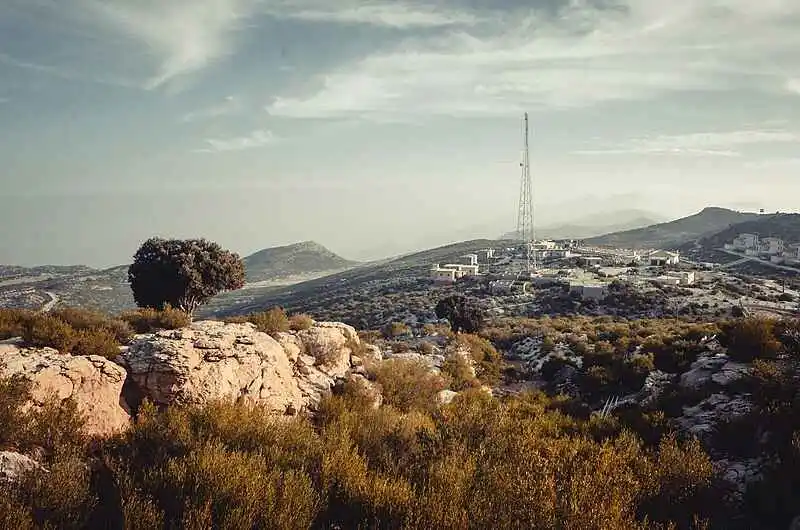
Gorakh Hill is a popular hill station in Pakistan and one of the few tourist spots in Sindh that truly impresses visitors. It stands at an elevation of 5,688 feet (1,734 meters) above sea level, earning it the nickname ‘Murree of Sindh.’ The hill station is located in Dadu District, which is in central Sindh.
Adventurers from all over the country visit this hill station to enjoy stunning natural views, night-time stargazing and bonfires. Tourists can stay at a campground, restaurant, or motel. Due to its height, Gorakh Hill has varied weather throughout the year. It’s one of the coldest place in Sindh, with winter temperatures below zero and summer temperatures around 20 degrees.
Mohatta Palace
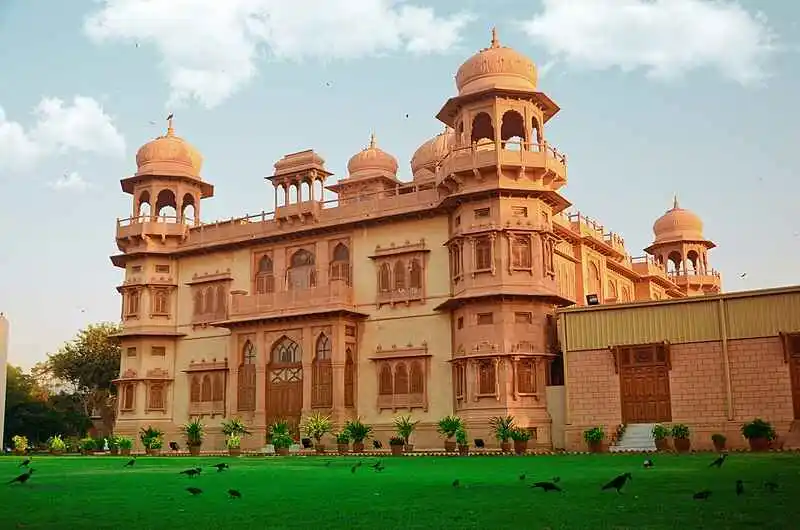
A Hindu Prince built this 20th-century castle in 1925. It has a nice blend of art, architecture, and culture. Surrounded by trees and Renaissance-style statues, it is now an art gallery and museum. The castle hosts interesting exhibitions and features, a beautiful design inspired by Rajasthani architecture.
Mohatta Palace also has an interesting story. They built it for Mr. Mohatta and his family, but after the partition of India in 1947, the family left for India. Government offices were housed in the palace, and later it was converted into a museum, preserving its beauty and history for future generations.
Keenjhar Lake
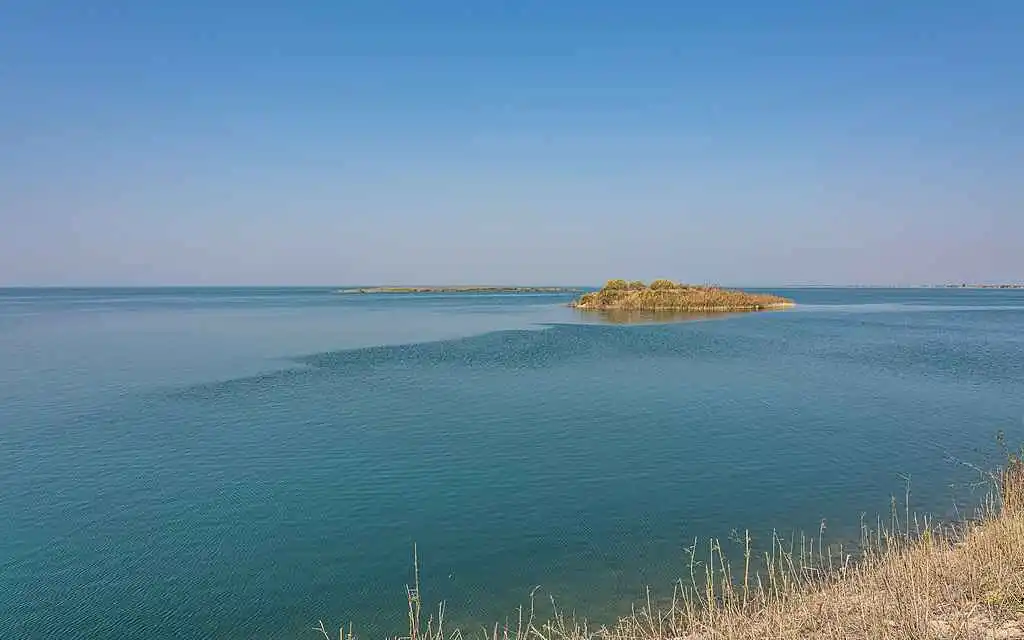
Keenjhar Lake, also called Kalri Lake, is one of Sindh’s hidden gem for tourists. It’s the second-biggest freshwater lake in Pakistan, covering about 134 square kilometres. People made it by joining the Sonehri and Keenjhar lakes together with a dam. Many small streams around here feed into this large lake.
Lots of different birds, like ibises, terns, ducks, and flamingos, live here, especially during migration times. To reach Keenjhar Lake from Karachi, which is a popular tourist spot in Sindh about 100 kilometres away, drive at a speed of 80 to 90 kilometres per hour for roughly an hour on National Highway 5. The Keenjhar Lake Resort is a place to stay near Keenjhar Lake. It was built by the Sindh Tourism Development Corporation to boost tourism in the area.
Kot Diji Fort
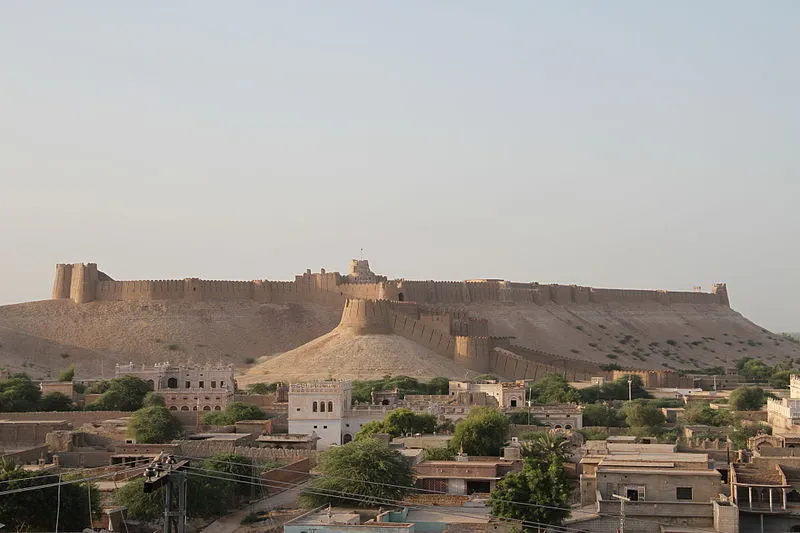
The Kot Diji Fort in Khairpur, Pakistan, represents the Talpur dynasty and was built around a century ago in a remote part of Sindh. It’s called Kot Diji Fort because it overlooks the town of Kot Diji. The fort’s construction took ten years, from 1785 to 1795, and it has a beautiful design. The fort in Pakistan has three tall towers and high walls.
It’s one of the biggest forts around. It’s made of limestone and bricks. There’s a water reservoir for drinking water because water is scarce in the area. The Kot Diji fort is big and strong with three tall turrets, each about 50 feet high. Its outer walls, which surround the highest part, are 30 feet tall. The whole fort is about 1.8 km around.
They built it using bricks and limestone. Also, they put in a water reservoir to store clean water, which is hard to find in the area. The Fort of Kot Diji needs some serious upkeep to keep its historical charm alive. It’s a must-visit spot in Sindh if you’re into history. You can reach there in about seven hours from Karachi via the M9 Motorway and National Highway 5.
Ranikot Fort
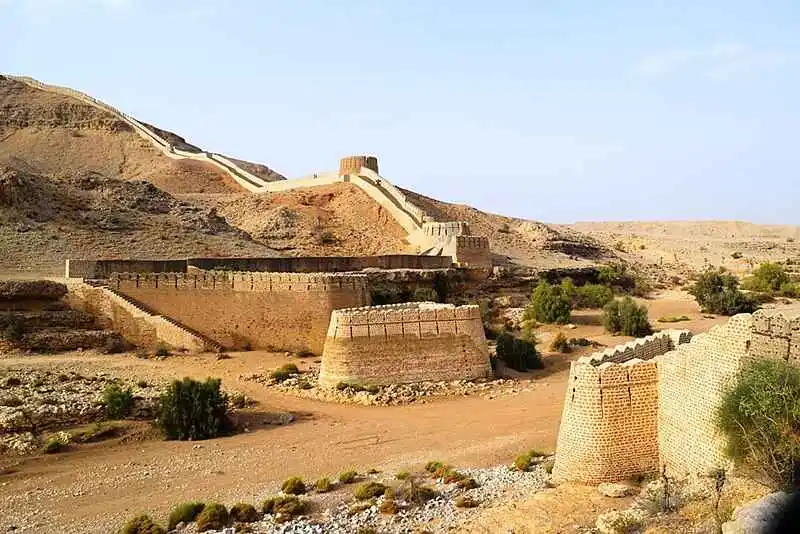
Ranikot Fort is in a remote part of the Jamshoro District in Sindh. It’s one of Pakistan’s most amazing and mysterious places. Known as “The Great Wall of Sindh,” it has a remarkable 32-kilometer circumference, making it the largest fort in the world.
The fort dates back to the early 1800s. Semi-circular bastions are placed at intervals along the fort’s walls, enhancing its appearance. The walls follow the natural curves of the hilly landscape, adding to its beauty. The structure has defensive walls on three sides, with tall hills blocking the view on the northern side.
The royal family’s residence, a small stronghold, is about 5 to 6 miles inside the border wall. There is a gate with two doors at the southern entrance of the fortifications. As you get closer to the fortress, you will see some beautifully designed ornaments with stone carvings and floral patterns.
The Mohenjo Daro
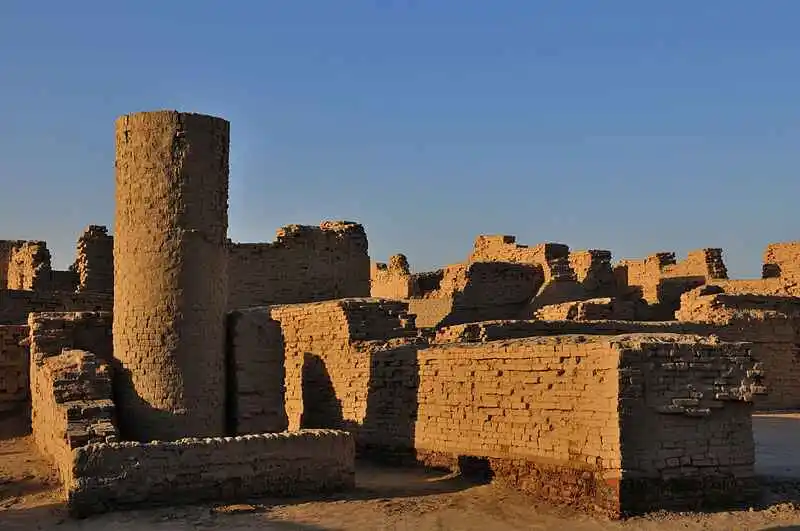
Mohenjo Daro, a famous UNESCO World Heritage Site in Pakistan, dates back to the 26th century BC. It was a major city of the Harappan or Indus Valley Civilization. The name “Mohenjo Daro” means “Mound of the Dead” in the local Sindhi language.
The magnificent 5000-year-old ruins are perfectly located 5 kilometres from Mohenjo Daro airport, away from the noise of any city. Mohenjo Daro is one of Sindh’s most famous historical site.
Many ancient items have been found there, including toys, jewellery, tools made of stone and copper, sculptures, balance scales, weights, and more. These items are displayed in the Mohenjo Daro Museum, which is about 800 meters from the ancient city.
Shah Jahan Mosque
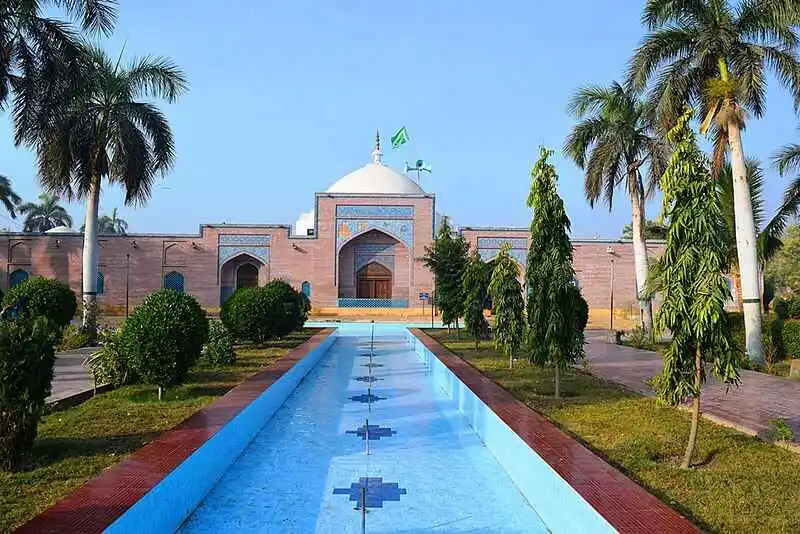
The Shah Jahan Mosque, the main mosque of Thatta, is a beautiful example of Mughal architecture. Construction began in 1644 when the Mughal Emperor Shah Jahan ordered it while staying in Thatta, giving the mosque its name.
It took over three years to build, and once completed, the mosque’s gates were officially opened. The architecture of the Shah Jahan Mosque blends regional styles like Sindhi, Timurid, Persian, and Indian.
It compellingly reflects the building practices of the Mughal era. The Shah Jahan Mosque is built with red bricks both inside and out. Inside, it also features intricate tile work and geometric designs, making it even more attractive.
This mosque is unique in Pakistan for having the most domes on a single building. The main prayer hall is the highlight of the Shah Jahan Mosque, with a stunning facade of blue, turquoise, and magenta tiles. Inside the dome, there is a beautiful mix of colors, including red, white, and yellow.
The mosque features nearly 100 domes, with many smaller domes and arches around the courtyard. The area also has impressive geometric masonry patterns. These unique features make the mosque one of the top tourist attractions in Sindh.
Sindhi culture and its importance
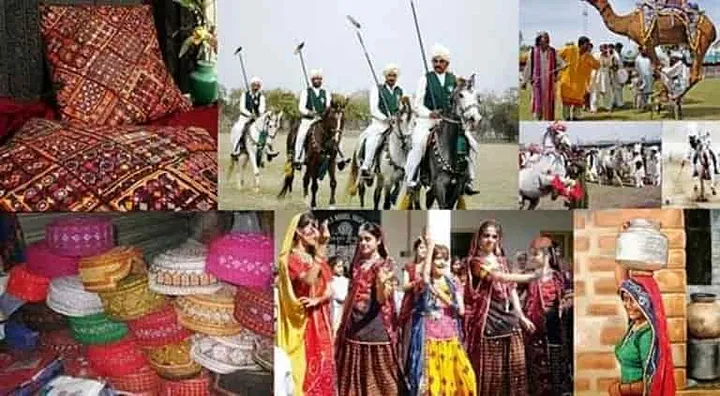
Culture is how people live their daily lives, showing the traits and knowledge of their group, society, or nation. It includes language, clothing, food, cooking, religion, music, art, farming, daily routines, marriage customs, ways of greeting guests, and other social habits.
High culture refers to the best tastes in fine arts and humanities. Culture is a mix of human knowledge, beliefs, and behaviours. Culture includes the outlook, attitudes, values, morals, goals, and customs shared by a society.
It is part of every activity in our society, making it a strong influence on people’s lives. Culture shapes their views, values, humor, hopes, loyalties, worries, and fears. According to Wikipedia, culture is the social behavior and norms found in human societies. It is a key concept in anthropology and includes all the things people learn from each other in a society.
Culture includes activities like art, music, dance, rituals, using tools, cooking, building shelters, and making clothes. Material culture is physical, like technology, buildings, and art. Immaterial culture is intangible, like social rules, myths, philosophy, stories, and science. Culture can be based on shared ethnicity, gender, customs, values, or even objects.
Conclusion
Sindh, a land steeped in history and culture, boasts a tapestry of enchanting tourist destinations that beckon travelers with their allure. From the ancient ruins of Mohenjo-Daro, a testament to the region’s rich past, to the serene shores of Keenjhar Lake, where tranquility embraces the soul, Sindh offers great experiences for the intrepid explorer.
Lose yourself amidst the labyrinthine alleys of Thatta, adorned with magnificent Mughal architecture, or embark on a spiritual journey at the revered shrine of Lal Shahbaz Qalandar, where faith and devotion intertwine. Let the vibrant bazaars of Karachi tantalize your senses, while the majestic Rani Kot Fort stands as a silent sentinel, guarding secrets of bygone eras.
In Sindh, every corner unveils a story waiting to be discovered, every vista a painting crafted by nature’s hand. As the sun sets over the Indus River, casting its golden hues upon the land, one cannot help but be captivated by the timeless allure of Sindh, a treasure trove of beauty and wonder.
